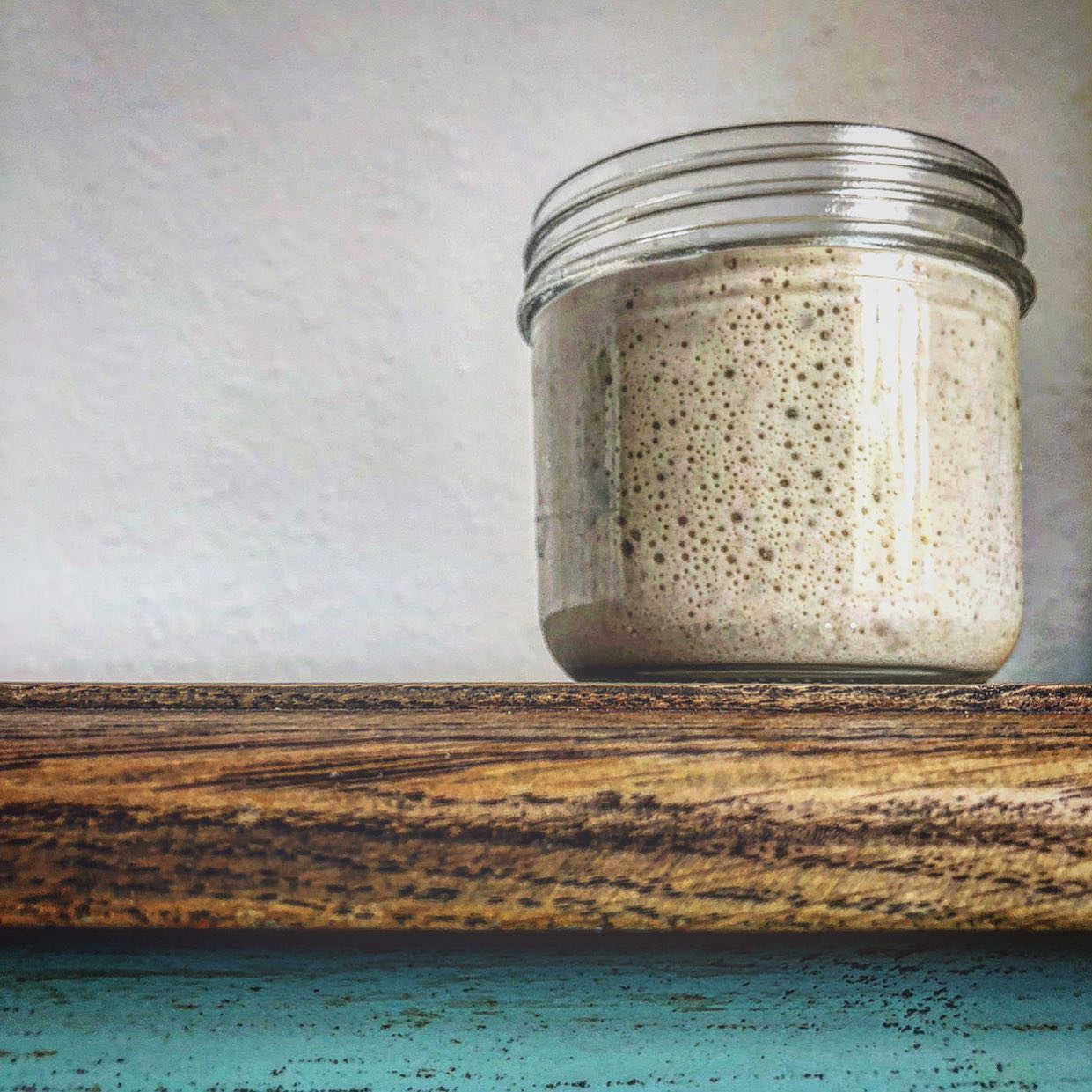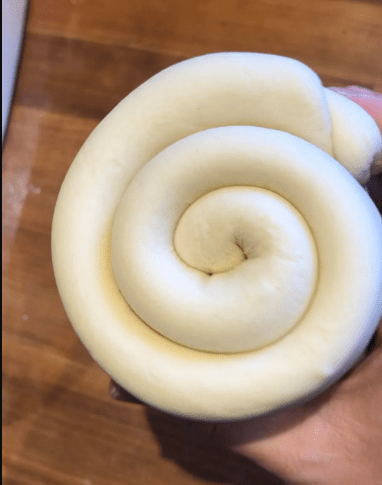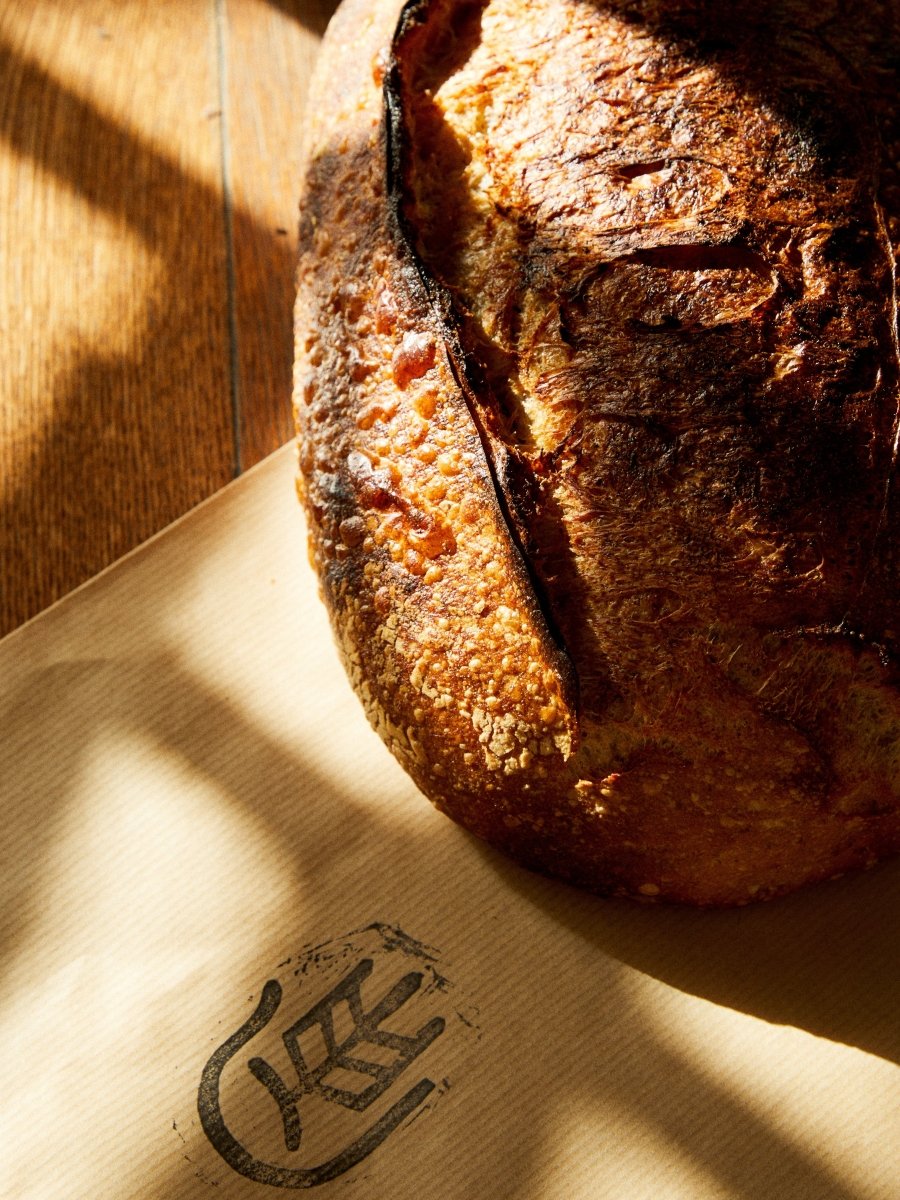Starting your sourdough journey begins with creating a lively starter—a little world of good bacteria and wild yeasts. This guide will walk you through the process, from the initial mix to knowing when your starter is ready to bake delicious bread.
What You'll Need
Before you start, gather these things:
- A small jar (around 200ml): A clean glass jar with a lid works great.
- Digital scale: Being precise is important in sourdough baking. A good one to use is the MyWeigh KD-8000.
- Lukewarm water: Aim for a temperature between 26-28°C (79-82°F). A thermometer helps to be accurate.
- Fine wheat flour: This gives the microbes easy-to-use sugars. We recommend Kornby Mølle Hvede Nr. 1.
- Whole grain flour: This adds different kinds of microorganisms for a strong starter. Try the Kornby Mølle Purpurhvede Nr. 3 for a unique option.
- Clean spoon or finger: For mixing your starter.
Day 1: The First Mix
- Zero out your scale: Put the jar on the scale and press the tare button to reset it to zero.
- Measure and mix: Add 50 grams of lukewarm water to the jar. Then, add 25 grams of fine wheat flour and 25 grams of whole grain flour.
- Stir it up: Mix with a clean spoon or finger until you have a smooth paste without any dry bits.
- Loose lid: Put the lid on the jar, but don't tighten it all the way. This lets air in and out.
- Keep it warm: Put the jar somewhere warm, ideally around 24-27°C (75-81°F). A bit warmer can help it get going faster.
Days 2-7: Watching and Feeding
- Check daily: Look at your starter at least once a day for signs of activity, like bubbles on top or the sides of the jar.
- Feed it daily: Even if you don't see anything happening, throw away about half of the starter and add 50 grams of lukewarm water and 50 grams of fine wheat flour. Mix it well.
- Stick to a routine: Try to feed it at the same time each day.
Knowing When It's Ready
Your starter will usually take about 5 to 10 days to become active and ready for baking. Here's what to look for:
- Bigger size: The starter should almost double in size after you feed it.
- Lots of bubbles: The top and sides of the jar should have bubbles, showing it's fermenting.
- Good smell: The starter should smell a bit sour and tangy, like yogurt.
Taking Care of Your Starter
Once your starter is active, you can feed it less often, like every 12-24 hours, or keep it in the fridge and feed it weekly.
Fridge Storage:
- Feed it: Same as before (50g water, 50g flour).
- Put it in the fridge: Put the jar in the fridge with the lid loosely on.
- Weekly feed: Once a week, throw away about half and feed it fresh flour and water.
Baking Time!
Before you bake, you'll need to wake up your starter to make sure it's active. This usually means feeding it once or twice at room temperature, letting it double in size each time.
Things to Keep in Mind:
- Be patient with your sourdough. It takes time for the flavor to develop.
- Temperature and humidity can affect how active your starter is.
- Don't worry if it takes a bit longer or has some slow days. With regular care, it will get there.
P.S. If you want to skip the starter creation process, you can always grab one of our ready-to-go sourdough starters in a jar 😉 Check them out here!
Happy baking!






Del på sociale medier:
How to bake Sourdough Bread with Perfect Crust
2 comments
Hej.
Hvornår er jeres bagestål tilbage i shoppen.
Freundlich Kim
Hej med jer
Jeg har en lille ønsker til jer🙏🙏 Jeg ønsker at i måske lave en video eller en opslag på facebook hvordan man bage hvis men haren oven med damp og på alm bageplader. Jeg er helt grøn ind for surdej verden og har ikke råd til at købe alt de gadgets i bruger eller alle de dyr mel typer . Jeg har altid brugt Glutten mel i min bagning. Derfor syntes jeg det vil være ret at kun få lave opskrifter med ting som folk med ikke så mange resurser kan være med. Elsker at se jeres video de er meget læring.
Håber i kan hjælpe mig. Have en fantastisk dag og weekend
Mvh
Silvana Therp Hansen